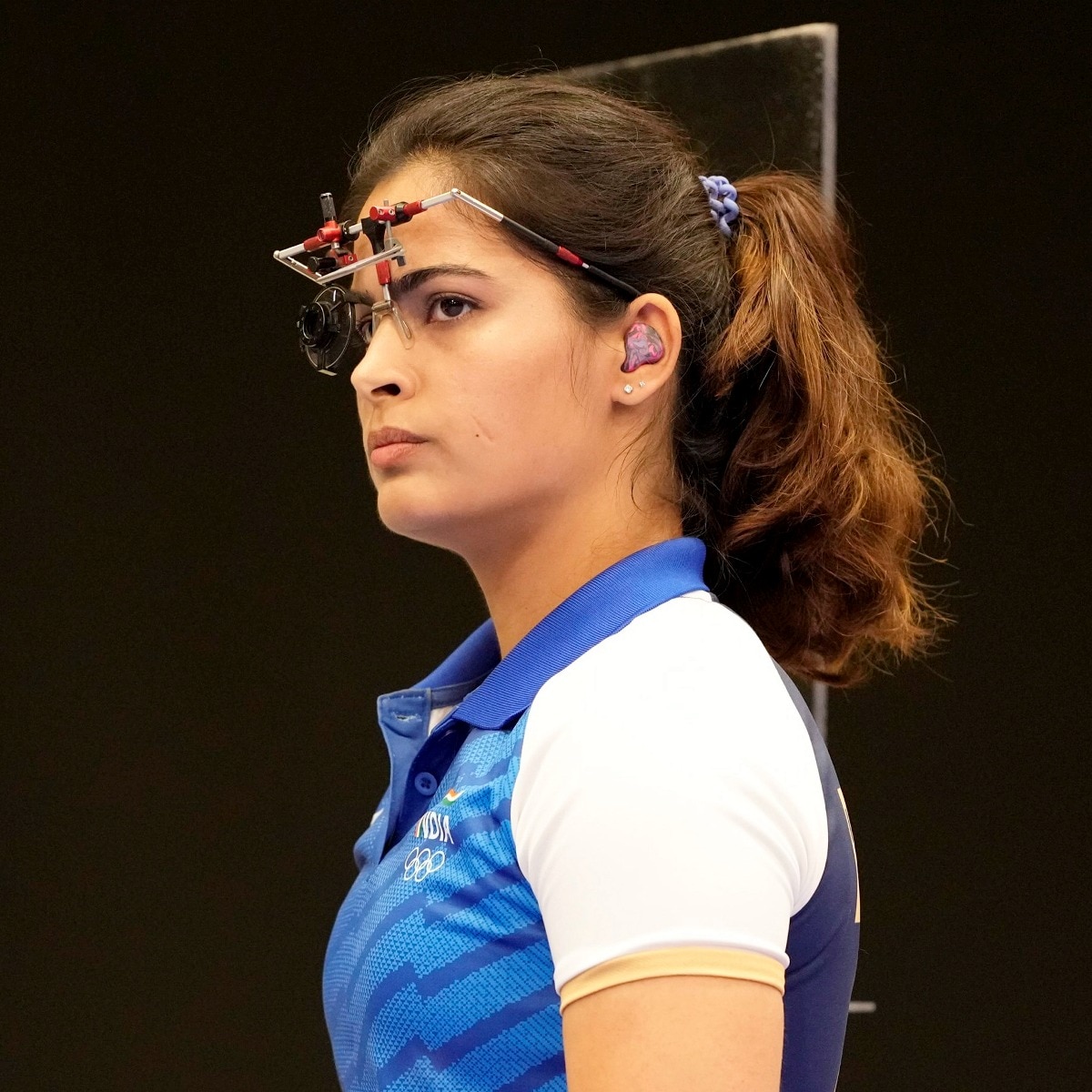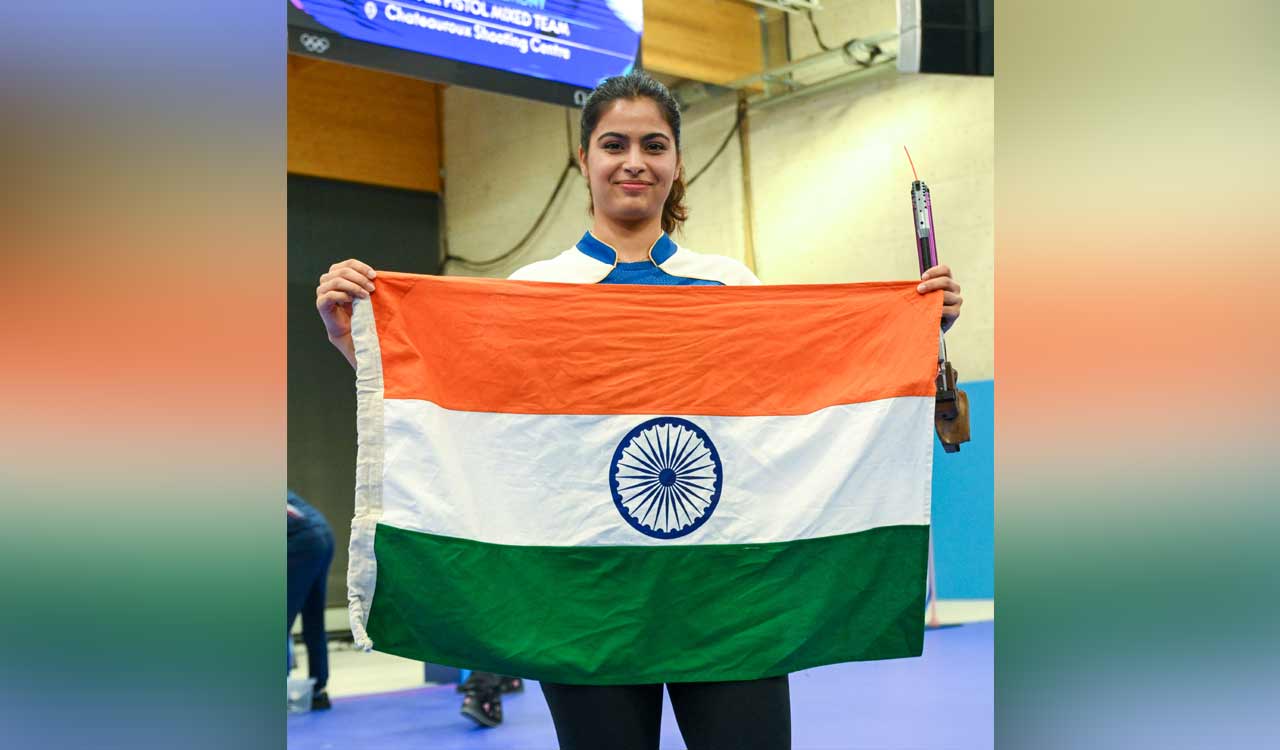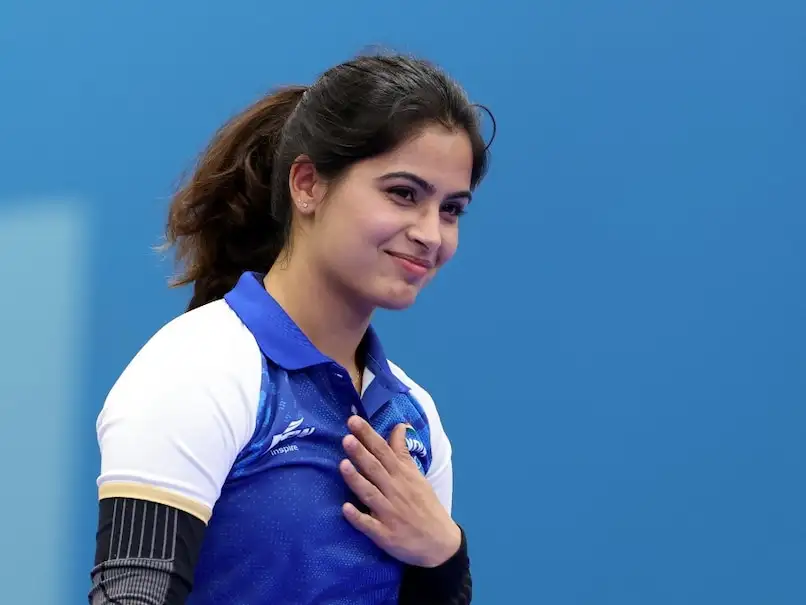Rhythmic Moves and Urban Flair: Breaking at Paris 2024
Breaking, a dynamic dance style rooted in the streets and urban culture, is set to make its Olympic debut in Paris in 2024. This groundbreaking inclusion reflects the Olympics’ evolving approach to incorporating modern sports that resonate with younger audiences. Breaking, often called "breakdancing," brings together athleticism, artistry, and street culture, promising an exciting addition to the Olympic program.
Origins and Evolution of Breaking

Breaking originated in the 1970s in New York City's Bronx neighborhood. Emerging from the broader hip-hop culture, it became a popular expression among marginalized communities, combining elements of dance, acrobatics, and personal style. The dance form is characterized by intricate footwork, spins, power moves, and freezes. Over time, it has evolved into a global phenomenon, with battles held worldwide and a passionate community of dancers, known as B-boys and B-girls, competing for recognition and respect.
Breaking as an Olympic Sport
The decision to include breaking in the Olympics marks a significant milestone for the dance community. It offers a chance for breakers to showcase their talents on an international stage while celebrating the cultural heritage of hip-hop. The inclusion reflects the Olympic Committee’s commitment to making the Games more inclusive and appealing to younger generations.

Breaking’s competitive format will see participants judged based on criteria such as creativity, technique, musicality, and overall performance. Dancers will face off in head-to-head battles, with each round showcasing a mix of styles and skills. Judges will score each dancer’s moves, determining who advances to the next round.
The Format of Breaking at Paris 2024
The breaking competition at Paris 2024 will feature two main categories: men's and women's battles. Each category will consist of 16 dancers, selected based on their performance in various qualifying events. Dancers will go through several rounds, showcasing their skills in solo routines and head-to-head battles.

In each battle, dancers will take turns performing against their opponent. The judging panel, composed of experts in breaking, will evaluate the performances based on originality, technical ability, execution, and synchronization with the music. The battle format emphasizes creativity and improvisation, pushing dancers to adapt and respond to their opponent’s moves in real time.
Scoring Criteria and Judging
The judging criteria for Olympic breaking are meticulously designed to ensure a fair assessment of each dancer’s performance. Key elements include:
Musicality: The ability to synchronize movements with the beats and rhythm of the music is essential. Judges look for dancers who can creatively interpret the music through their moves.

Technique: This includes the execution of complex moves, such as spins, flips, and power moves. Precision and control are crucial, as poorly executed moves can result in deductions.
Creativity: Breaking is about originality and personal expression. Dancers are encouraged to showcase unique moves and styles that set them apart from their competitors.
Personality and Stage Presence: A dancer’s charisma and confidence on stage play a significant role. Judges look for performers who can captivate the audience and project their personality through their moves.

Foundation and Flow: The fundamentals of breaking, including footwork and freezes, are essential. Dancers must demonstrate a strong foundation while maintaining a smooth flow throughout their performance.
Key Athletes to Watch
Several B-boys and B-girls have emerged as top contenders for the Paris 2024 Games. Among them are seasoned dancers who have competed in international battles and earned recognition for their skills. A few names to keep an eye on are listed below:
B-Boy Shigekix (Japan): Known for his speed and precision, Shigekix has won multiple international competitions and is celebrated for his creativity and musicality.
)
B-Girl Ami (Japan): A prominent figure in the breaking scene, Ami combines powerful moves with intricate footwork, making her a strong contender for the gold.
B-Boy Victor (USA): As a world champion breaker, Victor is renowned for his technical ability and versatility. He has consistently performed at a high level in major competitions.
B-Girl Kastet (Russia): Known for her unique style and stage presence, Kastet has won the World Urban Games and is expected to bring her A-game to Paris.
The Impact of Breaking’s Olympic Debut
The inclusion of breaking in the Olympics has sparked discussions within the dance community. While many are thrilled about the recognition of their art form on a global stage, some purists worry about how the structured nature of the Olympics might affect breaking’s freestyle spirit. Despite these concerns, the Olympic debut of breaking is expected to bring significant visibility to the dance form, inspiring a new generation of dancers.
The Olympics will provide a platform for breaking to reach a wider audience, introducing millions to its rich history and cultural significance. For many B-boys and B-girls, competing in the Olympics represents a dream come true and an opportunity to showcase their talents on one of the world’s most prestigious stages.

Training and Preparation
Preparing for the Olympics requires intense physical and mental conditioning. Breakers spend hours honing their skills and working on strength, flexibility, and endurance. Training regimens often include a mix of dance drills, cardiovascular workouts, and strength training to ensure they can execute complex moves with precision and control.
Breaking’s Cultural Significance
Beyond the athleticism, breaking carries deep cultural significance. It is a form of self-expression that has given voice to marginalized communities. The dance form embodies the spirit of resilience and creativity, celebrating individuality and the power of community. By including breaking in the Olympics, the Games are not only recognizing the athletic aspects of the dance but also honoring its cultural roots.

Conclusion
Breaking at Paris 2024 is poised to be a thrilling showcase of creativity, athleticism, and cultural expression. With a diverse group of talented athletes and an electrifying format, breaking is set to captivate audiences around the world. This historic moment for breaking represents not only the evolution of the Olympics but also a celebration of a dance form that has transcended its origins to become a global phenomenon.







